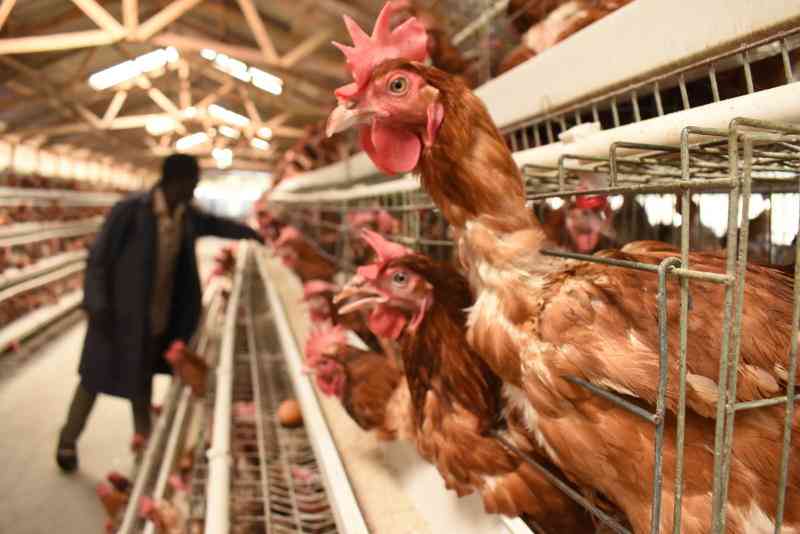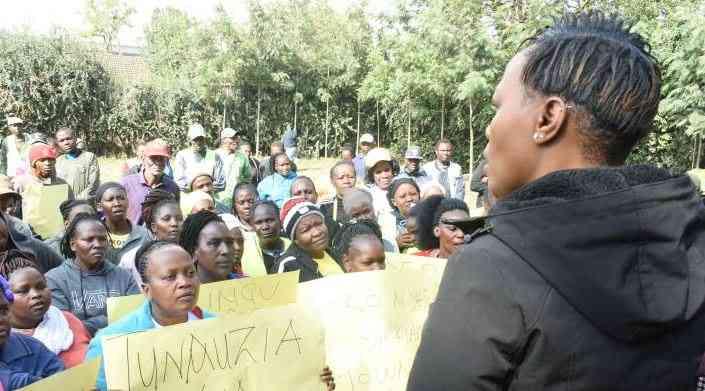Why country’s cows no longer enjoy baths
By Wainaina Ndung’u and Munene Kamau
A long time ago, cows in every village enjoyed a bath once a week. The communal cattle dip ensured this was efficiently done.
Locally, the dips were managed in such a way that the leaders, or management committees, ensured the cows had the weekly bath and there was available subsidised acaride for killing ticks.
The management co-ordinated farmers’ contributions, which also catered for maintenance.
They laid down elaborate rota to ensure the cattle population flowed seamlessly during the bath plus other petty housekeeping duties such as the conduct of cattle keepers during dipping.
Reputable
The dip managers were reputable livestock farmers. But managing this basic unit of devolution was also generally accepted as a pedestal to other roles such as being a village elder or civic leader.
All this rich history appears headed for oblivion in Central Kenya. Veterinary officials say only two in every 100 cows in the province were regularly dipped last year. Of the 143,406 cows in the area, only 2,907 (two per cent) regularly attended the weekly dipping.
Active dips are declining rapidly in the region putting an end to a history which goes back to April 27, 1937, when the Cattle Cleansing Act was enacted by the colonial government to control tick-borne diseases and East Coast Fever, two diseases caused by the ticks.
The diseases were dangerous to animals and to stop them, the ticks had to be killed.
By the time Kenya got independence, dipping had started across the entire nation to improve dairy and beef farming and by early 1970s, the construction of dipping facilities was in top gear.
Local authorities provided land for the construction of the dips to the ministry of Agriculture. But in most of the former Kikuyu reserves, land for cattle dips, at an average one-acre per village, had already been set aside during a land demarcation exercise of the 1950s.
After independence, civic bodies either compulsorily acquired or bought land for the construction of the dips.
In Kirinyaga County, the council compensated those whose land was taken either by giving them alternative land or paying cash, says council clerk Justus Arithi.
But the council made a serious blunder – it did not secure title deeds for most of these plots.
The chairman of the Maragua County Council, Cyrus Ruru, says this has exposed the council as it fights to hold on to the land.
Stay informed. Subscribe to our newsletter
Parallel move
But when it decided to get titles for the same, there was a parallel move by the ministry of Livestock and this process is now tied up by the Government freeze on all land transfers as we transit to new devolved governments.
“The biggest risk is the period between dissolution of parliament and the formation of new units when chief officers will be solely in charge,” says Ruru.
Cost sharing introduced in the early 1990s was the first salvo against cattle dipping. Then most livestock farmers in Central adopted zero grazing.
With this new farming, there was little need for dips as the farmers prefer spraying their cows at home.
However, Kirinyaga East District veterinary officer Njuguna Njomo says plunge dipping remains the surest way of eradicating ticks from cattle “since it covers 100 per cent of the animal body”.
Dr Njomo said most of the dips, which have been grabbed in the area, have been taken over by the initial landowners who had been compensated earlier on.
“They started by vandalising the facilities to pave way for cultivation or subdivision and transfer to other parties,” he says.
But even as these ‘landowners’ embark on disposing of the cattle dip areas, danger is looming since highly poisonous acaricides were not emptied. Some farmers are now growing food crops and are ignorant of the seepage of these poisonous chemicals into their farms – and the contaminated produce ends on people’s tables.
The poisonous acaricides used were carbonates like Coopertox and Garmatox but when the ticks developed resistance over these chemicals, Organophosphates were used but the cattle developed resistance once again and Amitraz was introduced while pyrethrins are now in use.
The council has warned against the sale of the land set aside for cattle dips. “We will either repossess the land or take people to court for grabbing public utility land, “ warned Arithi.
 The Standard Group Plc is a
multi-media organization with investments in media platforms spanning newspaper
print operations, television, radio broadcasting, digital and online services. The
Standard Group is recognized as a leading multi-media house in Kenya with a key
influence in matters of national and international interest.
The Standard Group Plc is a
multi-media organization with investments in media platforms spanning newspaper
print operations, television, radio broadcasting, digital and online services. The
Standard Group is recognized as a leading multi-media house in Kenya with a key
influence in matters of national and international interest.
 The Standard Group Plc is a
multi-media organization with investments in media platforms spanning newspaper
print operations, television, radio broadcasting, digital and online services. The
Standard Group is recognized as a leading multi-media house in Kenya with a key
influence in matters of national and international interest.
The Standard Group Plc is a
multi-media organization with investments in media platforms spanning newspaper
print operations, television, radio broadcasting, digital and online services. The
Standard Group is recognized as a leading multi-media house in Kenya with a key
influence in matters of national and international interest.









